11 Cult Horror Films That Have Gained a Massive Following
Horror films that began as small or misunderstood projects often grow into cultural sensations with devoted audiences. These movies stand out for their daring ideas, emotional impact, or unconventional storytelling that keeps fans talking for years. Many found their following through late-night screenings, home video releases, or online communities that shared their appreciation for strange and thought-provoking stories. From shocking visuals to unforgettable characters, these titles continue to influence how people experience fear on screen.
This post may contain affiliate links, which helps keep this content free. Please read our disclosure for more info.
The Evil Dead (1981)
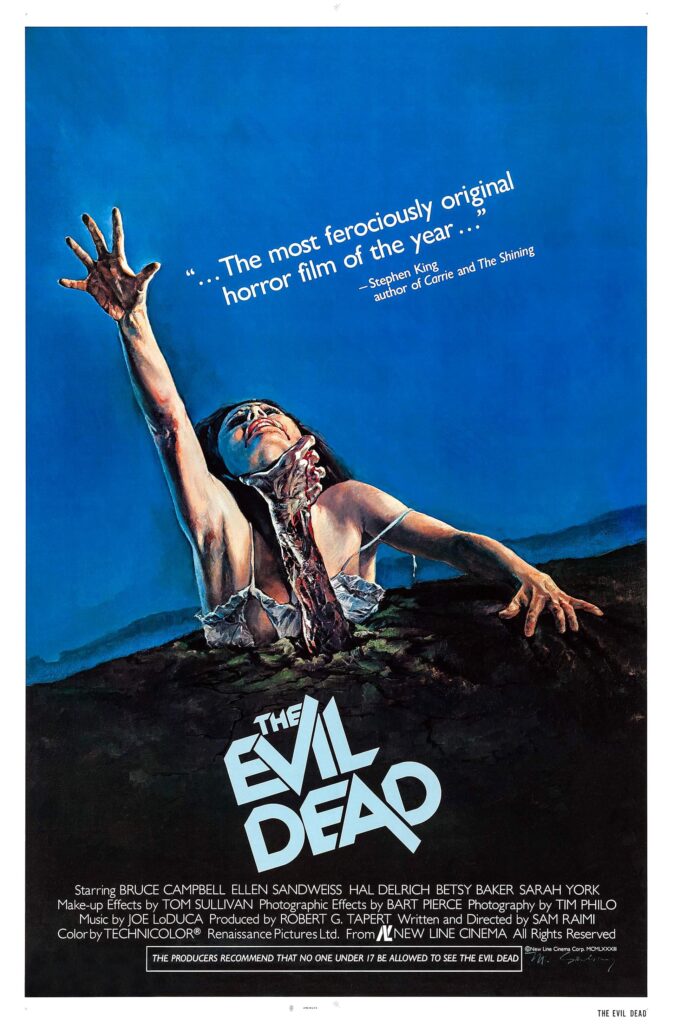
Sam Raimi’s The Evil Dead began as a small, independent project filmed deep in the Tennessee woods on a shoestring budget, but its raw intensity made it impossible to ignore. What set it apart was its mix of gruesome horror and inventive camera techniques that gave it a frenetic, almost chaotic energy. Bruce Campbell’s unforgettable portrayal of Ash Williams, with his deadpan humor and growing madness, helped solidify the movie’s identity as something both terrifying and oddly funny. Horror fans connected with its fearless attitude toward gore and its homemade feel that made it more authentic than polished studio productions.
As word spread through underground circles and VHS rentals, The Evil Dead grew into a phenomenon that thrived on repeat viewings and late-night screenings. It became a rallying point for horror lovers who admired creativity over big budgets. The series’s later installments, Evil Dead II and Army of Darkness, built on its legacy with more humor and personality, turning Ash into an unlikely hero. Even decades later, conventions, sequels, and reboots keep the franchise alive, with its fans proudly keeping its chaotic spirit burning.
The Rocky Horror Picture Show (1975)
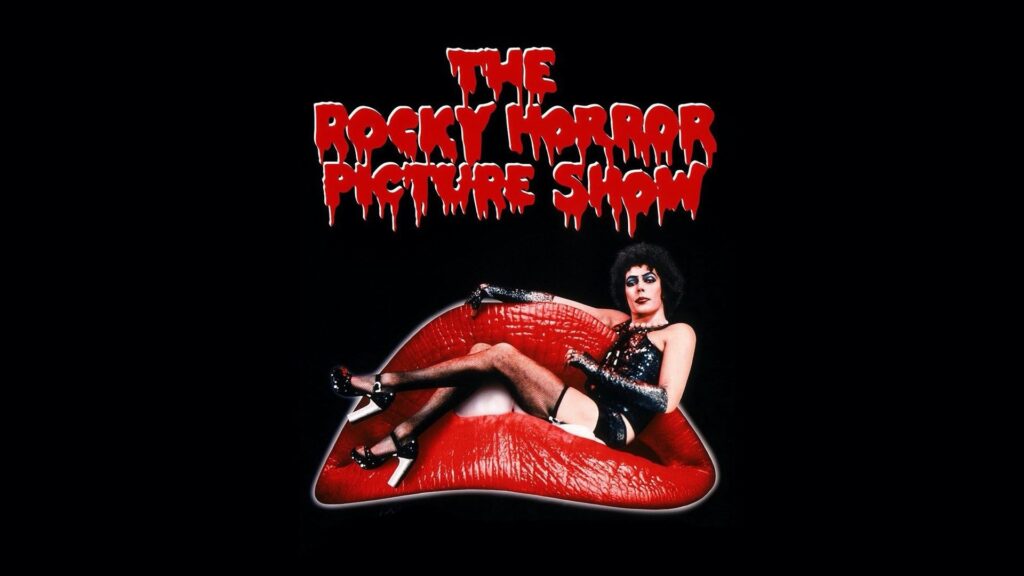
At first, The Rocky Horror Picture Show confused critics and audiences who did not know what to make of its mix of horror, glam rock, and outrageous humor. However, it soon became a cultural movement through midnight screenings that encouraged audiences to sing, dance, and even shout lines at the screen. The film’s unapologetic embrace of individuality and gender expression resonated deeply with those who felt outside the mainstream. Its eccentric cast, led by Tim Curry’s dazzling performance as Dr. Frank-N-Furter, turned the movie into an unforgettable experience that celebrated freedom and fun.
The magic of The Rocky Horror Picture Show lies in the way it turned watching a film into a full-blown social ritual. Fans created elaborate costumes, threw props, and memorized every lyric, making each screening a one-of-a-kind event. Over the years, it evolved from a niche favorite into a cultural landmark symbolizing acceptance and rebellion. Even today, theaters across the world still host interactive showings, proving that the film’s wild and inclusive spirit continues to inspire generations.
Donnie Darko (2001)
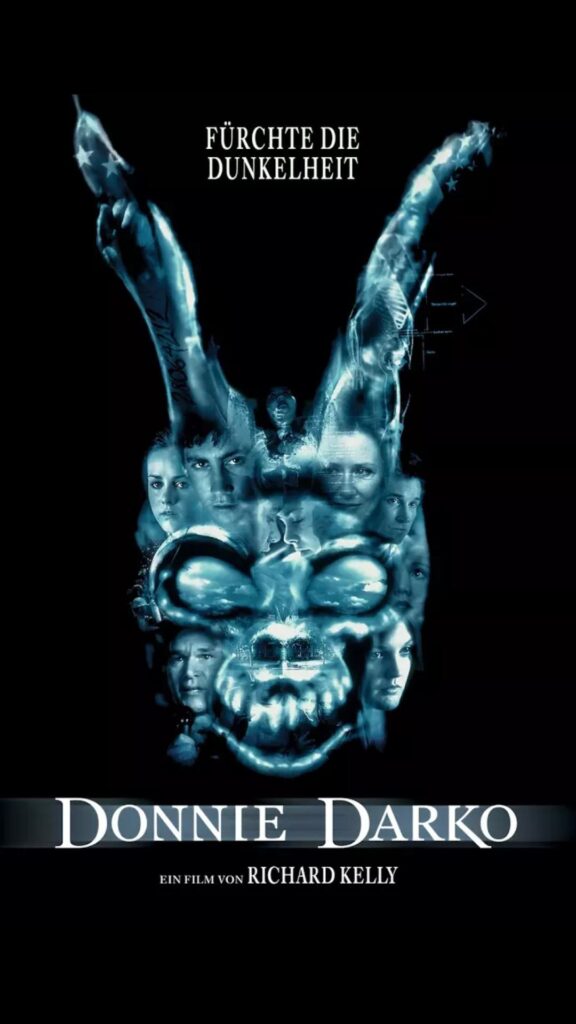
Richard Kelly’s Donnie Darko was not a commercial success upon release, but it quickly gained admiration among fans drawn to its surreal imagery and psychological depth. The film follows a troubled teen haunted by visions of a monstrous rabbit that predicts the end of the world, blending time travel, mental illness, and suburban alienation. Its haunting tone, eerie soundtrack, and cryptic story made it a puzzle that viewers loved to interpret in their own ways. It spoke directly to those who felt misunderstood or out of place, creating a passionate community that dissected every scene and clue.
Midnight screenings turned Donnie Darko into a ritual for fans who saw it as more than just a movie. It became a symbol of early 2000s counterculture, mixing angst, mystery, and nostalgia. The haunting use of songs like “Mad World” gave it a lingering sadness that stayed with audiences long after the credits rolled. Its open-ended story invited endless discussion and theories, keeping it alive in forums, fan art, and late-night debates for decades.
The Texas Chain Saw Massacre (1974)
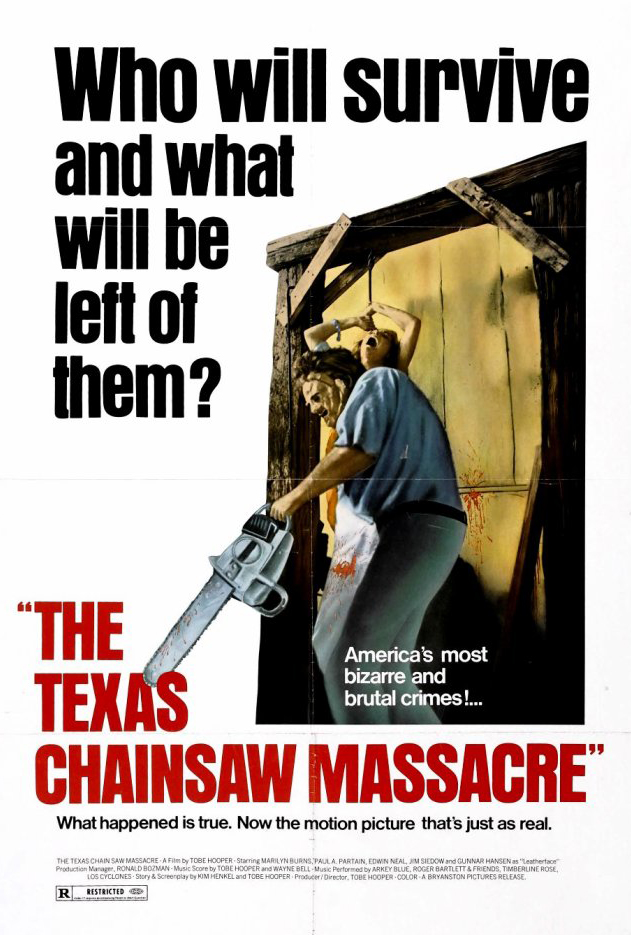
When The Texas Chain Saw Massacre premiered, audiences were unprepared for its raw, almost documentary-like approach to horror. Tobe Hooper’s film was made with a small budget, yet its realism and tension created an atmosphere that felt disturbingly authentic. The grainy cinematography, constant screaming, and unsettling family dynamic gave viewers an experience that felt uncomfortably close to reality. Critics were shocked, but horror fans embraced it as a turning point that showed how far the genre could go.
The film’s reputation spread through word of mouth, bootleg copies, and censored versions that only fueled curiosity. It spoke to the darker side of American culture, mixing fear, poverty, and madness in one terrifying package. Leatherface became a horror icon, representing something primal and unstoppable. Even today, its influence can be felt in countless modern horror films that try to capture its same relentless sense of dread.
Eraserhead (1977)
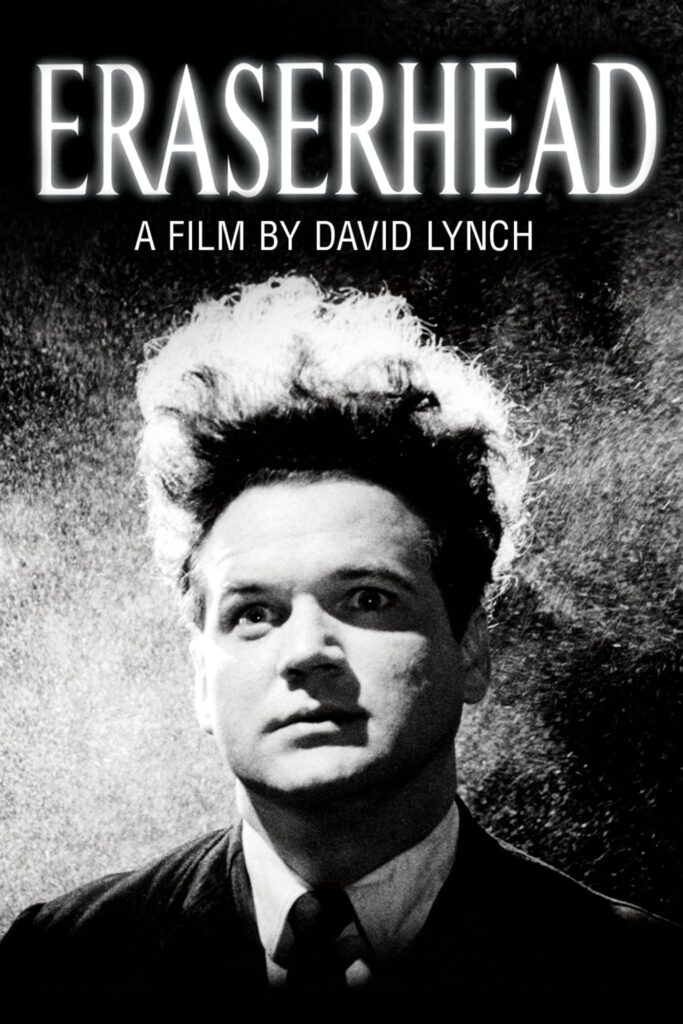
David Lynch’s Eraserhead remains one of the strangest films ever made, and that is exactly why it found its devoted audience. With haunting black-and-white visuals, disturbing sound design, and nightmarish imagery, it feels like a fever dream brought to life. The story, centered on a man caring for a deformed baby in a decaying industrial world, is open to interpretation, which only increased its mystique. Viewers who connected with its surreal tone returned to it repeatedly, finding new meanings each time.
It became a midnight movie staple, especially among art students and avant-garde film fans who admired its unsettling beauty. Lynch’s unique storytelling style challenged audiences to experience emotion over explanation, and that approach helped shape his later works. Over time, Eraserhead became more than just a film; it became a rite of passage for anyone exploring the boundaries of cinema. Its lasting impact on visual style and mood continues to influence filmmakers around the world.
The Wicker Man (1973)
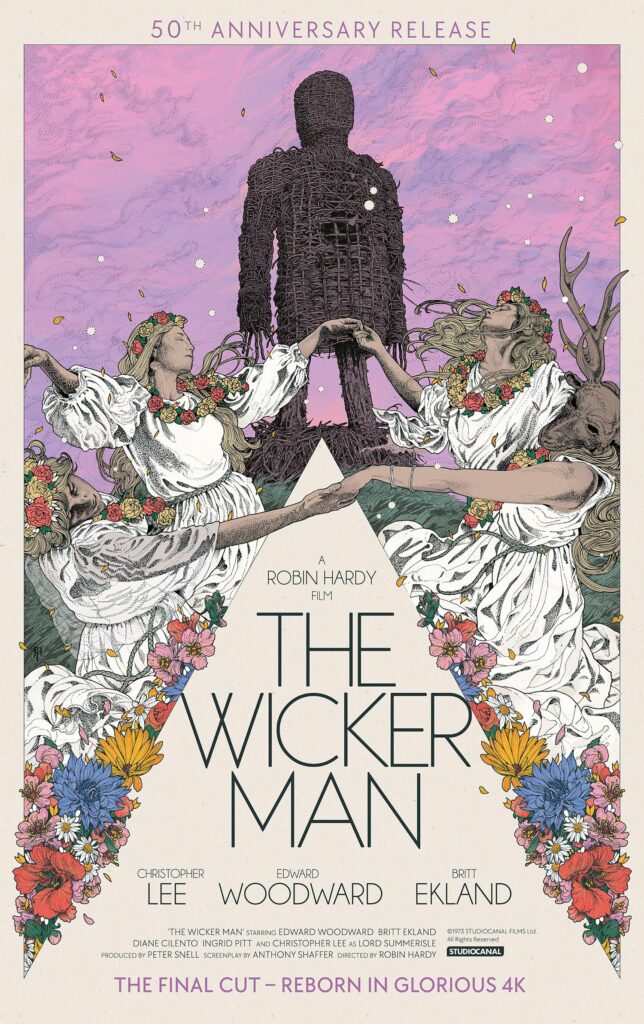
The Wicker Man began as a modest British thriller, but its combination of folk rituals, mystery, and shocking finale turned it into a cult favorite. The film follows a devout police officer investigating a pagan community on a remote island, only to uncover a horrifying secret. Its haunting folk songs and eerie performances created a slow-building unease rather than relying on traditional scares. The contrast between faith, desire, and human sacrifice gave the film a lasting edge that fascinated audiences.
Over the years, it became a symbol of folk horror, inspiring countless discussions about religion, community, and morality. Repeated viewings revealed subtle layers of symbolism and hidden meaning that encouraged fans to interpret it in different ways. Despite being difficult to categorize, its atmosphere and bold ending left a permanent mark on the genre. Modern filmmakers continue to reference it, proving that its haunting influence remains powerful decades later.
Suspiria (1977)
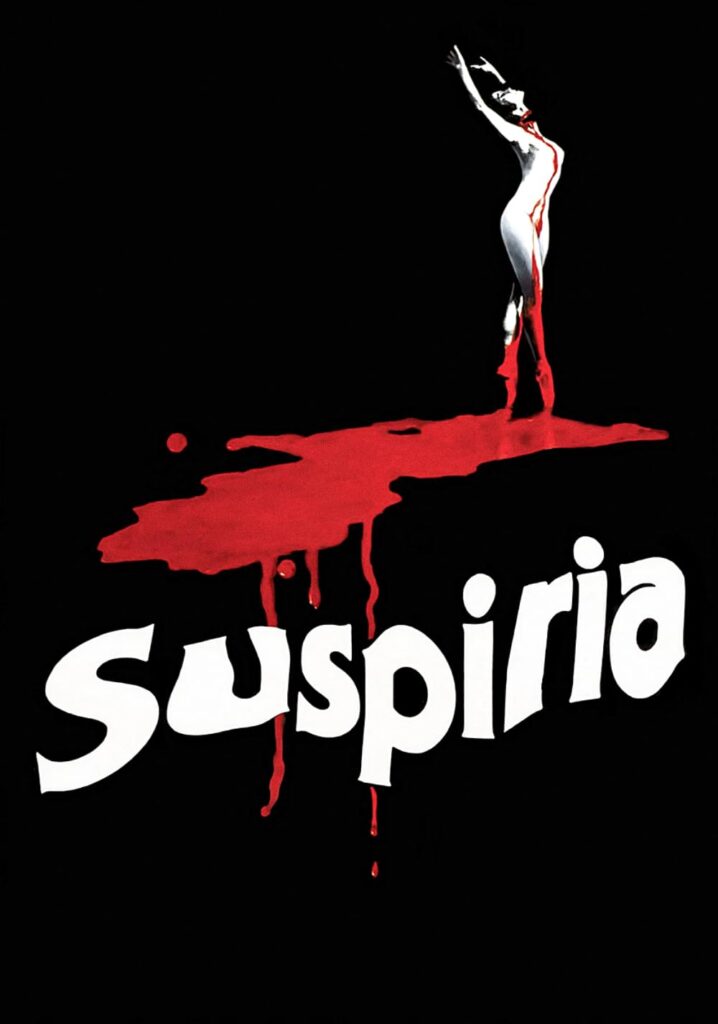
Dario Argento’s Suspiria earned its cult status through its stunning visual style and hypnotic atmosphere. Set in a mysterious dance academy, the film’s vivid colors, haunting score by Goblin, and supernatural story created an otherworldly experience unlike anything else in cinema. Its dreamlike violence and operatic tone appealed to audiences who appreciated art and horror merging together. Despite being criticized for its thin plot, its artistic flair drew admiration from fans and filmmakers alike.
As word spread about its striking imagery and eerie sound design, Suspiria found a loyal following in arthouse theaters and film festivals. It became a point of reference for directors seeking to blend beauty with terror. The film’s influence extended beyond horror, inspiring fashion designers, musicians, and visual artists. Its 2018 remake reintroduced the story to a new generation, showing that its strange allure still holds strong.
The Thing (1982)
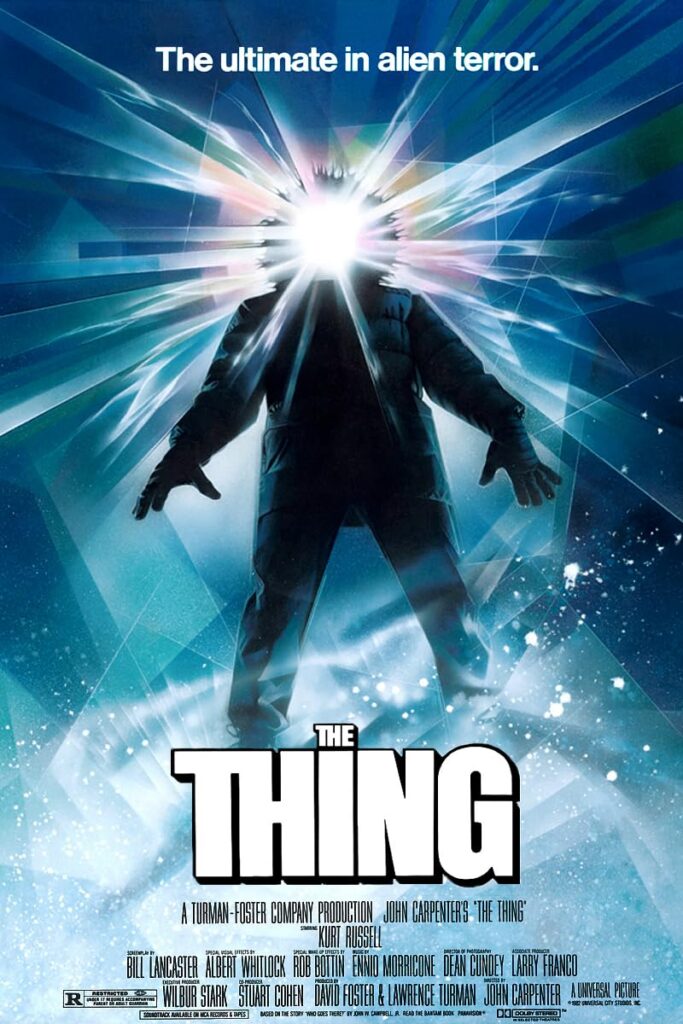
John Carpenter’s The Thing was initially met with mixed reviews and poor box office results, but time transformed it into one of the most respected sci-fi horror films ever made. It’s a story of isolation, paranoia, and mistrust among Antarctic researchers that created an intense psychological tension. The practical effects, designed by Rob Bottin, delivered some of the most horrifying creature transformations ever filmed. Despite early criticism, fans came to admire its bleak tone and flawless execution.
Home video releases and cable reruns helped it gain the appreciation it deserved. Fans praised its atmosphere, practical effects, and sense of hopelessness that few other films matched. As the years passed, The Thing became a cornerstone of the horror community and a frequent topic of discussion at conventions. Its blend of science fiction and body horror continues to influence new generations of filmmakers and fans alike.
Re-Animator (1985)
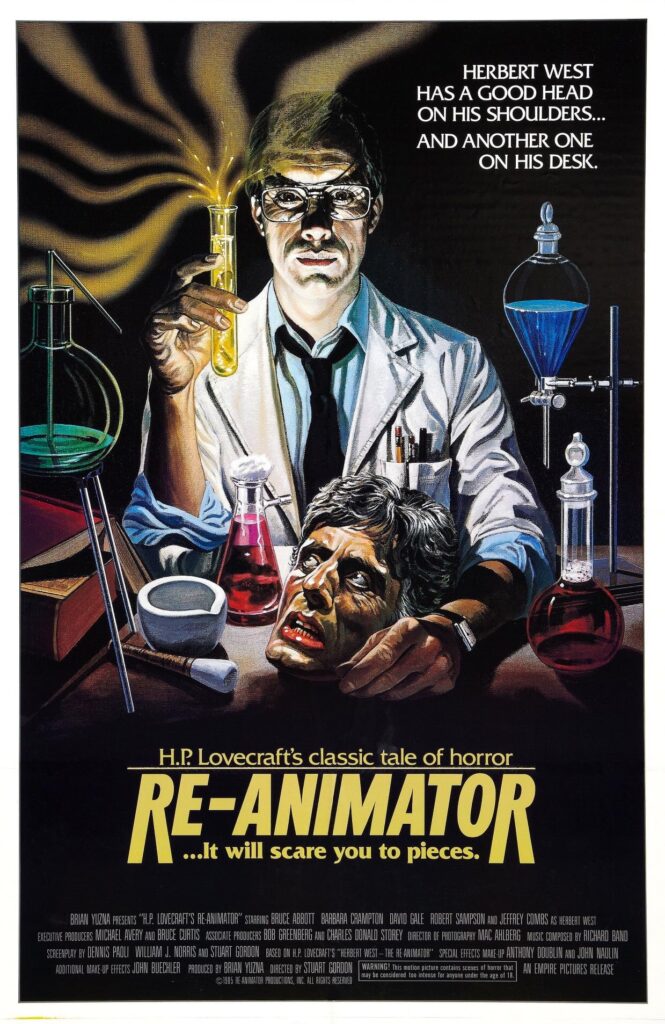
Re-Animator took inspiration from H.P. Lovecraft’s work and mixed it with outrageous humor and shocking gore, creating a movie that felt both horrifying and hilarious. Jeffrey Combs’ performance as Herbert West, a scientist obsessed with reanimating the dead, brought manic energy that defined the film’s style. It pushed boundaries with graphic scenes that tested audience limits while maintaining a strange sense of fun. Fans appreciated its balance of chaos and creativity that made it stand out in the crowded horror market of the 1980s.
Over time, Re-Animator developed a cult following among horror enthusiasts who loved its unapologetic absurdity. Midnight screenings became popular, and it earned a reputation for being one of the wildest horror comedies ever made. Its sequels and theatrical performances continued to expand its legacy. For many fans, it remains a perfect example of how horror can entertain without losing its bite.
The Blair Witch Project (1999)
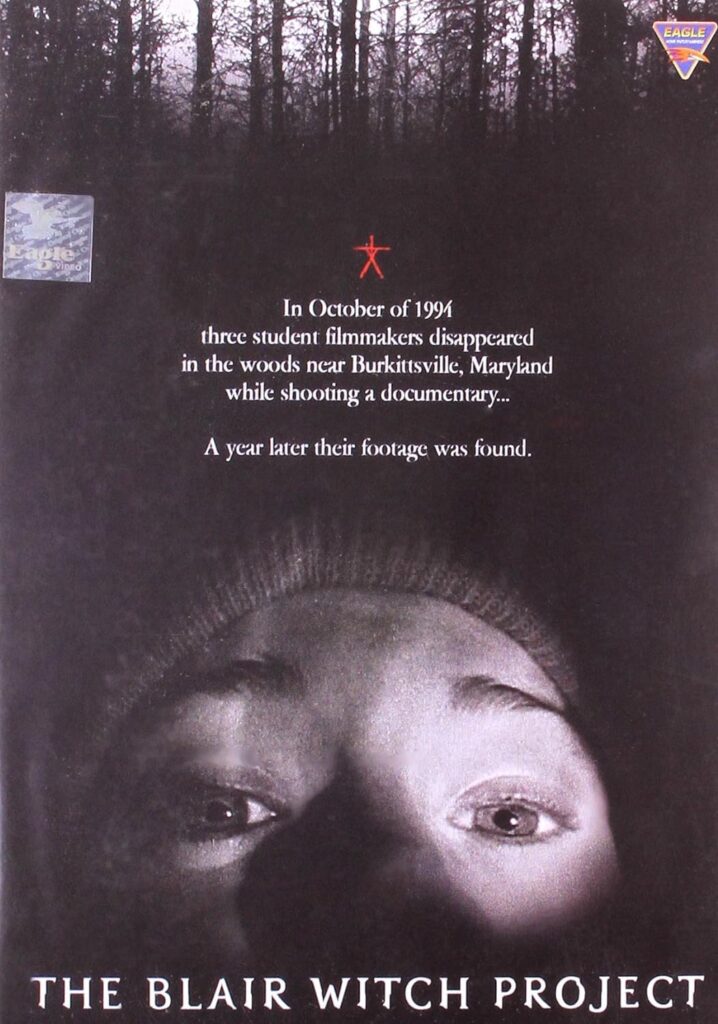
When The Blair Witch Project hit theaters, audiences were unsure if it was real or fictional, and that confusion made it a sensation. Shot like a documentary, it followed three filmmakers lost in the woods while investigating a local legend. The shaky camera, improvised dialogue, and minimalistic scares created an illusion of authenticity that terrified viewers. Its viral marketing campaign and early internet buzz helped it become one of the most profitable independent films in history.
Fans were drawn to its realism and the way it relied on imagination instead of special effects. The film inspired countless imitators and gave rise to the found-footage genre that dominated horror for years. Debates over its authenticity and hidden meaning kept audiences talking long after release. Even today, it remains a reminder that fear can be created with simplicity and mystery rather than spectacle.
The Toxic Avenger (1984)
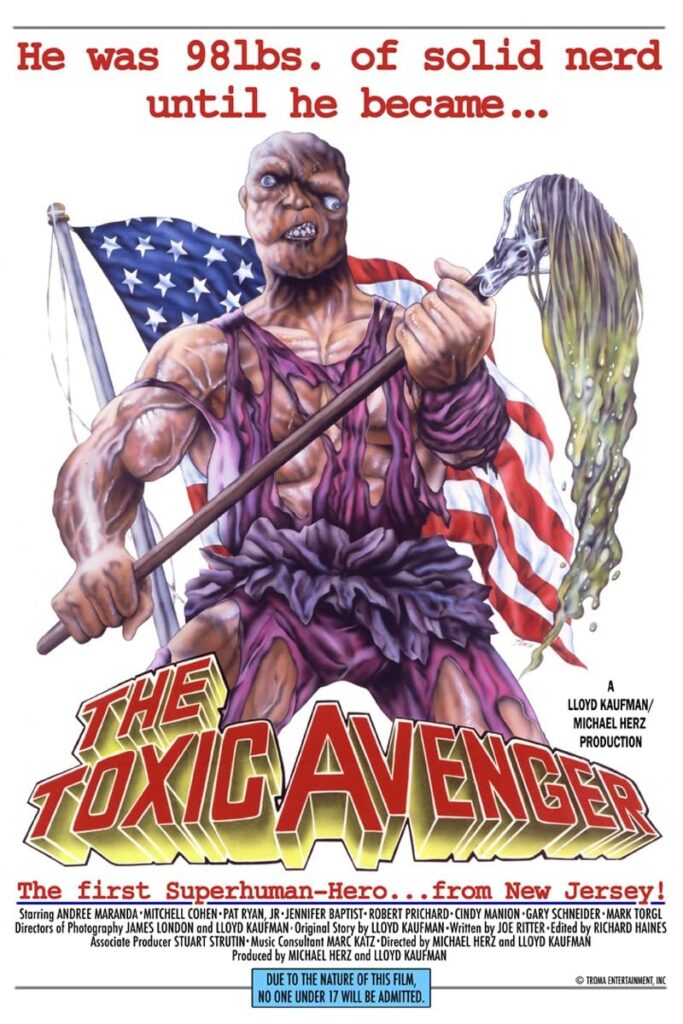
Troma Entertainment’s The Toxic Avenger broke every rule of conventional filmmaking with its bizarre mix of horror, comedy, and cartoonish violence. The story of a bullied janitor who mutates into a radioactive hero became an underground sensation among those who appreciated low-budget absurdity. It mocked superhero tropes while delivering gory, over-the-top action that made audiences both cringe and laugh. Critics dismissed it at first, but fans celebrated it for daring to be unapologetically weird.
Over the years, The Toxic Avenger grew beyond cult status, inspiring sequels, comic books, and even a musical. Its charm came from its sense of freedom, doing whatever it wanted without concern for rules or expectations. Fans embraced it as a symbol of creativity without limits, and its anti-establishment humor still appeals to lovers of oddball cinema. Despite its crude nature, it remains a beloved part of horror history for those who appreciate the unusual.
This article originally appeared on Avocadu.
